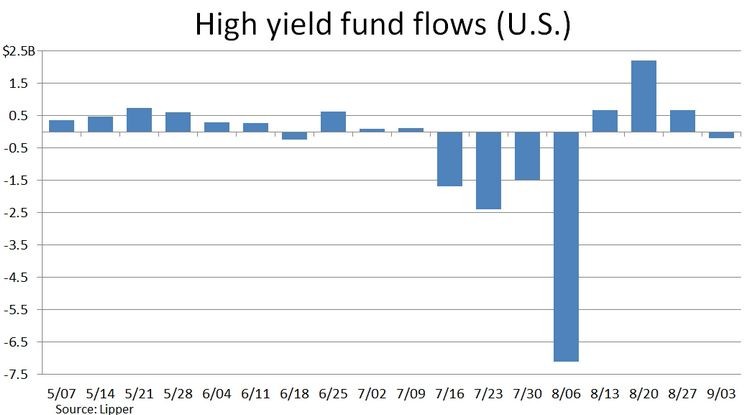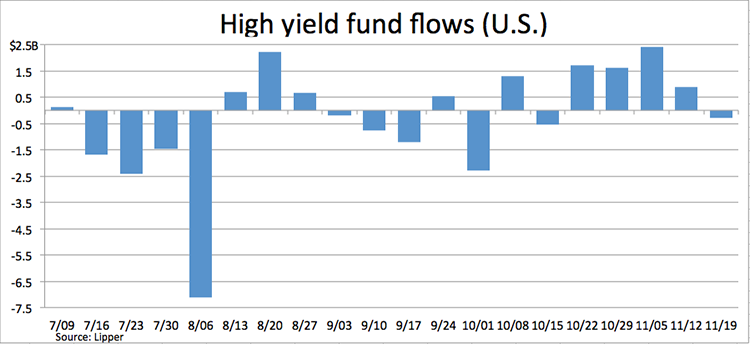High Yield Mutual Funds
Post on: 16 Март, 2015 No Comment

A Brief Primer On High Yield Mutual Funds
If you don’t want to read thorugh our intro, check out this following site which has a list of the top 100 mutual funds by return in the last 5 years:
Otherwise, learn from me about investments and personal finance. Let us consider how one would grade or or rate an investment product.
Investments are often graded via something called the rate of return. From the rate of return one can calculate how much the investment makes on the dollar after a certain amount of time. For example, an investor puts $100 into high yield mutual funds which has an annual rate of return of 3%. After one year, the investor expects to get $103. Of course, the investor may have opted to withdraw from the investment much earlier, which usually means some reduced return as prorated by the length of the investment.
Some financial instruments have fixed rates as discussed above. Bank savings accounts, certain government bonds, certificate of deposits and other low risk investments all give exact returns as indicated by their rate. But there are many more investment instruments that do not have true rates. For example, a share of stock in a high yield mutual fund for a certain company has no intrinsic rate. For example, an investor puts $1000 into some shares of stock for a company. After some time, the stock may have higher or lower value. There is no guarantee that the investor has more or less $1000 at the end of any period.

Stock market mutual funds are very much like the individual stocks. Because a mutual fund is just made up of many stocks, its value should also show variations except now the variations are averaged out over its many component stocks. This ensures that the mutual is not strongly affected by a drop in any single underlying security, but does not ensure that the mutual fund never experiences a decline in value. The question many first-time investors ask is what the advertised mutual fund rates really mean. This is important as companies offer high yield mutual funds as investments yet the definition of high yield mutual fund is not apparent.
Mutual fund rates are a way for mutual fund companies to advertise their products. However, the rates are really historical rates of return which mean that they show how the mutual fund gained in value over time, but do not indicate any future behavior for the fund in question. Mutual fund companies like to advertise these rates to make the consumer feel more secure, but there will always be a disclaimer at the bottom of these advertisements that say the historical rates are not expected to hold in the future.
The source of fluctuations for mutual funds from year to year is derived from two reasons. One is that the underlying securities or the component securities of a mutual fund go up and down all the time depending on the fortunes of a company, the activity of the sector to which the company belongs, or to general condition of the economy as a whole. Another is that the companies included in the mutual fund sometimes pay dividends to its shareholders. In this way mutual funds can gain value even though the stock is lackluster. The take-home message is that advertised rates for bond, stock and GNMA mutual funds are merely historical, and furthermore are probably overly optimistic which is why they made it into such advertisements. As such, even high yield mutual funds need to be treated with caution.














